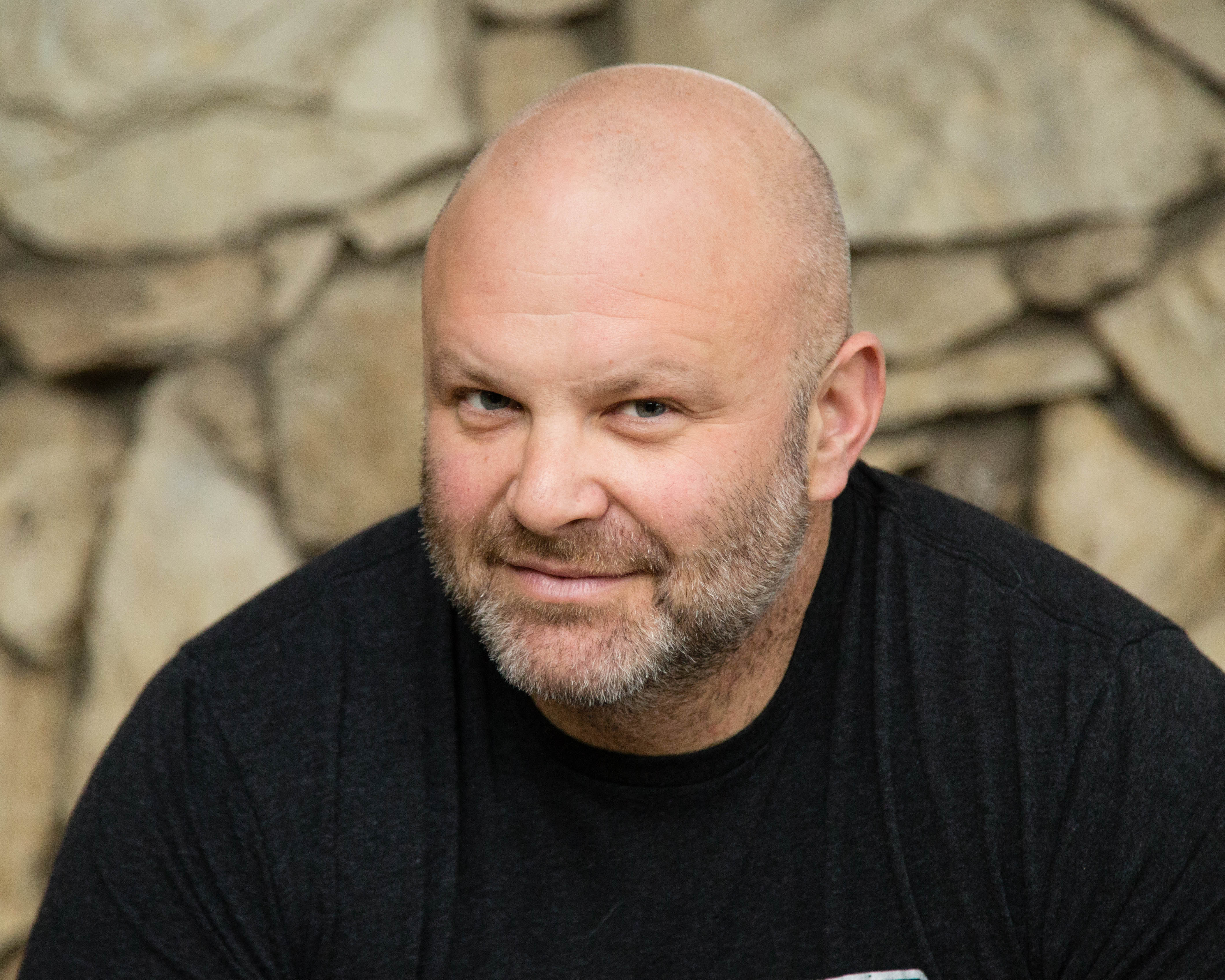
How to Use Carb Loading for Muscle, Fat Loss, and Peak Performance
Carb Loading Isn’t Just for Endurance Bros—It’s for Anyone Who Wants to Look, Train, and Recover Like a Savage
Carb loading used to be this mystical thing runners did before pounding out 26.2 miles. To the average gym-goer, it sounded like an excuse to eat pasta and call it strategy. But here’s the truth: carb loading isn’t just for endurance—it’s for performance, plain and simple.
And yes, that includes muscle gain, fat loss, or anything in between.
I used this exact strategy during my pro powerlifting days. Before big lifts or meets, I’d front-load carbs for 24–48 hours. The result? More energy, better pumps, a ridiculous increase in strength, and muscles that looked and felt like they were about to rip through my shirt—in the best way possible.
What Is Carb Loading?
Carb loading is the strategic increase of carbohydrate intake for a short period—typically one to three days—to maximize your body’s glycogen stores. Glycogen is the stored form of glucose (from carbs), and it’s what your muscles and liver use as fuel during high-intensity training.
In simpler terms: you’re topping off your fuel tank. But not with unleaded. With jet fuel.
When Should You Carb Load?
There’s a right time to do it—and a wrong time to justify a donut binge.
Carb loading makes the most sense before:
Big lifts or PR attempts
High-volume hypertrophy days
Competitions
Long bouts of endurance or conditioning
Diet refeeds during fat loss (to help with hormone regulation and energy)
It’s not something you do on a Tuesday just because you’re bored. Done right, carb loading can turn a decent training session into one where the weights feel lighter and your recovery feels faster.
How Does It Help Fat Loss?
Here’s where people get confused. Eating more carbs while trying to lose weight sounds like blasphemy. But strategic carb loading during a fat loss phase keeps your hormones from tanking—especially leptin, the “I’m full” hormone.
Plus, higher-carb days restore energy, improve performance in the gym, and give you a psychological break from chronic restriction. And when you’re training hard, having full glycogen stores helps you actually burn more fat because you’re able to train harder.
Yes, more carbs = better fat loss when used correctly.
How to Do It Right
Let’s keep it simple:
Take your normal carb intake and bump it up by about 1.5 to 2 times for 1–2 days before your heaviest training sessions. Keep fats low and protein steady. Choose easily digestible carbs like rice, fruit, pancakes, oats, or potatoes.
You’ll feel fuller. You’ll train better. You’ll probably look better, too.

Tried carb loading before and didn’t notice a difference—or just ended up bloated and confused? Let’s fix that.
Drop a comment below or shoot me an email with the subject line “Carb Load Help”, and I’ll help you dial it in based on your goals.
